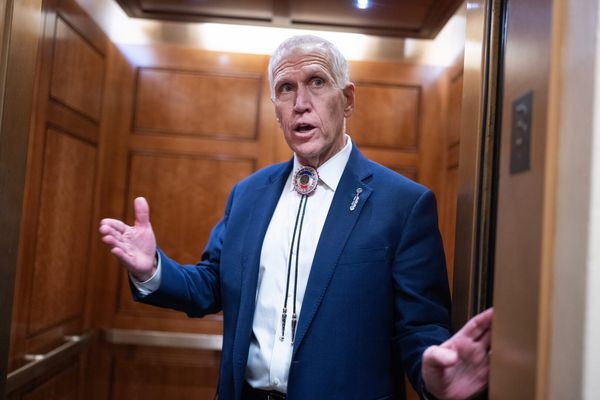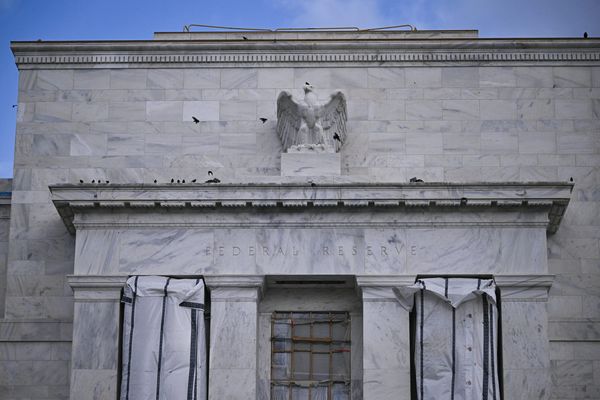
An official parity review was triggered by the recent Darwin Triple Crown, where the Chevrolet Camaro continued its unbeaten start to the Gen3 era with three more race wins.
Crucially, the third of the three races hit the parity trigger, where the parity threshold was breached in five of the last eight races.
Supercars promptly announced that a review was underway following a an initial meeting with the two homologation teams – Triple Eight Race Engineering (GM) and Dick Johnson Racing (Ford).
Motorsport.com understands that the next round of meetings kicked off today with Supercars and the homologation teams expected to discuss the next steps.
It could be that changes are made as soon as the Townsville 500, although what those changes will be is, as of yet, unknown.
For much of the season the primary source of disparity was thought to be the engines, with Supercars trialling different engine maps and shift recovery deltas to bring the Ford V8 in line with the Chevrolet unit.
There were signs of progress on that front in Darwin, with a more permanent solution thought to be waiting on the arrival of torque sensors, and a potential transient dyno programme.
At the same time, Ford teams left Darwin convinced that aero is also contributing to the poor rear tyre life that appears to be the main weakness for the Gen3 Mustangs.
Aero was a focus ahead of the season with Ford pushing Supercars into additional 11th-hour aero testing – which ultimately led to a tweak to the Camaros.
While everyone was happy with the outcome at the time, it hasn't been enough to permanently ease concerns that the Camaro has a better aero balance than the Mustang.
Supercars has made in-season aero changes as recently as 2019, when it used CFD modelling to help equalise the Gen2 Mustang and the Holden ZB Commodore.
In that case the Mustang had the aero advantage, with its rear wing altered to be less effective, while the Holdens were given a gurney flap on the bottom element of the rear wing.
Supercars traditionally doesn't use wind tunnel testing, instead relying on CFD and its own Vehicle Control Aerodynamic Testing process, which is centred on real-world straight-line testing.







